
Sexual diversity Photo: Peter Hershey / Valencia Education.
Before last February 14, Alberto searched for more than a week for a gift for his boyfriend. Someone told him about a private business where they customized handmade candles and he thought it would be a nice touch. He contacted the managers and asked if they could make one for him with their names. At first, there were no problems. They assured him that the service was available and he only had to send the details. However, everything changed when they noticed that their partner was a man.
“They told me they were very sorry, but they could not solve me because they were a Christian business,” he tells this medium. They even suggested that he buy candles with hearts or any other romantic detail, but they completely refused to stamp the free love of a homosexual couple on one of their products.
Facts like this, real and more frequent than we suppose, show the discrimination that persists in Cuba in 2021 towards those who leave the heteronormative codes imposed. And it’s scary, because while many of us enjoy couples’ celebrations without major setbacks, people like Alberto and his boyfriend deal more than necessary with the limitations imposed by prejudices. That insistent reality, in short, lacerates.
For this reason alone, it is urgent to naturalize all sexual orientations and gender identities, the various designs of couple relationships and families. Regardless of their differences, all people deserve the same rights and duties. Recognizing this changing reality and translating it into the new Constitution was just the first step on a difficult path. Assuming these battles from the Family Code and other laws is the following, but it will not be easy.
Although in recent years, thanks to the coherent and systematic work of institutions and activists, respect for sexual diversity has gained space, not a few stereotypes persist that can play a trick on the airs of change and inclusion. In a sexist society due to inheritance, prejudices still limit the full development of all people. This is confirmed by activists, researchers and those who experience it firsthand.
For Manuel Vázquez Seijido, deputy director of the National Center for Sex Education (Cenesex), the presence of homo-affective couples is not a new reality. “However, it is more visible after the issue of our sexuality was clearly introduced into the public agenda in the regulations, based on the discourse of educational and cultural institutions as well as many opinion leaders,” he explains to Cubadebate.
The celebration since 2008 of the Cuban Week against Homophobia and Transphobia and the growing work of the media on these issues speak of a political will to advance on issues of equality and non-discrimination.
“More recently, since 2019, the constitutional regulation of family diversity that rests on the principle of equity, equality and non-discrimination has constituted the newest legal political support to defend the rights of this population group,” adds the deputy director of Cenesex.
From the perspective of Juan Carlos Gutiérrez Pérez, professor and researcher at the University of Las Villas, Cuba is moving towards respect and inclusion. Although there is an ancestral machismo dragged on for centuries, these struggles are gaining positions and visibility, both in the media and in the Cuban legal framework.
In tune with this idea, the journalist Francisco Rodríguez Cruz [Paquito] believes that life in a couple of homosexual people is more and more frequent, without major setbacks, although some people experience their relationship as something very private and intimate, without making it known in their work or study center, and sometimes even in the family.
“They live the same difficulties that all couples have in relation to housing, which is a bit worse for
young people, when at home they are not allowed to establish a relationship with someone of the same gender, due to homophobia,” he explains.
However, “it is curious the embarrassment that many people feel when approaching naturally with any colleague the relationship of this type of couple. They do not know how to ask about the partner, or they are embarrassed, sometimes they say “your partner”, or another formula that seeks not to hurt or attack, but it ends up being a different treatment”.
Anecdotes like these speak of the distance that remains to be covered towards total naturalization of sexual diversity. And on that path, unfortunately, prejudices abound. Discrimination against non-heterosexual people can occur in different spheres of life: in the family, in the community, in study or work centers. Its manifestations tend to discredit the legitimacy of their relationships, their work potential and their capacities to build functional families and raise children.
“There are many consequences,” Rodríguez Cruz points out, “depending on the assertiveness of the people involved in the relationship. Sometimes the non-acceptance of the family or among the circle of friends can be very painful for homosexual people, because they have to fight for a recognition that heterosexuality has per se. And that wears down, it can even undermine the love bond itself ”.
People in this population group also suffer the effects of rejection, teasing and harassment that range from insecurities and depression to more complex trauma that can even lead to self-deprecation and physical damage.
Gutiérrez Pérez comments that, despite the proven progress, many signs of discrimination against the LGBTI community persist. “From the lewd gaze, the malicious comment, the homophobic and transphobic harassment, to the denial of basic rights to consume certain products or services.”
In parallel, alert, with the gradual increase of the private sector, there are cases where “business leaders feel they have the right to discriminate, due to their personal or religious positions.”
Teresa de Jesús Fernández, coordinator of the Lesbian and Bisexual Women’s Network, confirms latent discrimination. In his opinion, “the non-recognition of couples formed by people from this population group is a reality at all institutional, social, legislative and patrimonial levels.”
“That there is no legal and social recognition of equal marriage and the recognition of LGBTI families implies that our unions and our families do not enjoy the same guarantees and the same rights as heterosexual people and causes legal and social inequity” , she adds.
Statistics confirm latent biases. The results of the National Survey on Gender Equality (ENIG-2016), developed by the National Office of Statistics and Information (ONEI) and the Women’s Studies Center of the Federation of Cuban Women (FMC), are revealing in this sense. 77 percent of the people questioned agreed that homosexual people should have the same rights as others.
However, only 49.1 percent agreed in part that they could marry. Meanwhile, about 50 percent of the sample was against homosexual couples, both women and men, although they with a slightly higher number, could adopt. Beyond general considerations, there is no consensus that these people have specific rights such as marriage or adoption.
It is clear that the fight for equal rights within families is of vital importance for the LGBTI community which, as a result of discrimination based on persistent sexual orientation in the country, suffers the most intense and direct consequences of not having laws to protect it.
The causes of these numbers, although it may sound repetitive, lie in the macho culture that still marks us. “The culture and ideology of patriarchy that is transmitted and ratified throughout society and its institutions from the family, school, religion, laws, mass media are the cause that the LGBTI population continues to experience the violation of their rights,” said Teresa de Jesus Fernandez.
For the journalist Rodríguez Cruz also influences “the lack of visibility or sufficient positive examples in the media about natural interpersonal relationships with our partners, from heterosexuality.”
In this context, the increase in recent years of currents of opinion linked to various fundamentalisms poses an extra challenge. “The advance of fundamentalist groups has contributed to strengthen the prejudices that are at the base of discrimination, and they have even tried to assemble a theoretical body from biology and Christian practice that sustains those prejudices,” Vázquez Seijido explains.
Fortunately, he said, there is an emergence of theologians, theologians and practitioners, not only from Christian practice, who offer other perspectives in tune with the values of social justice, equality and non-discrimination.
Family Code, facing the challenge
The new Family Code will have among its main challenges recognizing marriage, and consensual union, as alternatives for living as a couple and as a family, without any discrimination in scope and without distinction based on sexual orientation. Related to this, it must establish guidelines so that homoparental, heterosexual families or with any other structure, have equal access to assisted human reproduction techniques and adoption.
In the opinion of Manuel Vázquez Seijido, the new code should contemplate the protection of these various forms of organization on a level of absolute equality, without superimposing one on the other. It is not by chance that the first change is the name of the document: from the Family Code, to the Family Code, in terms of plurality.
“The biggest challenge is the deconstruction of all that heterosexist, patriarchal, prejudicial mechanism of domination, which dismantles centuries of a culture of exclusion towards LGBTI people,” says Teresa de Jesús Fernández.
In a country where discrimination against this population group is seen much more than it should , the prior debate and the approval in a referendum of the new Code implies other challenges. So that prejudices do not decide on the rights of all citizens, education and awareness-raising work is also necessary.
From Rodríguez Cruz’s perspective, another challenge lies in the low visibility of homosexual couples and LGBTI families in general. Many people maintain a low profile of their affections before society, “for which reason when defending those rights there is not always a firm, open and clear stance, even in people who are opinion leaders, leaders or others who they do not make those non-heterosexual couple ties transparent in a public way, as if they do their job or their professional duties. Perhaps they fear to appear activists, or they think that it is not necessary, or they underestimate the importance of being like any other heterosexual couple, “he highlights.
It is necessary, more than ever, to promote an education that transcends formal spaces and is committed to inclusiveness and respect for diversity. It is necessary to transcend the models imposed by a society that limits and suffocates its members when they do not comply with the established. Ultimately, it is about recognizing rights, social justice.
Facing the debate, Vázquez Seijido insists, it is necessary to mobilize all those people who are in tune with the construction of a fairer country. “I am referring to enhancing that capacity as citizens to participate in the consultation process in a critical way, turning each space of the nation into a space for raising awareness and then, during the referendum, inviting us to express our commitments and exercise our citizenship in pursuit of of equality and non-discrimination ”, he highlights.
Along this path, it is urgent to establish alliances between the media, institutions, schools and activists. Promoting respect for sexual diversity involves having laws that guarantee all rights for all people, but also by raising awareness of that need.
We must “educate at all levels from a gender perspective and from a comprehensive sexuality education, make our lives, families, unions visible in a respectful and non-judgmental way, carry out public good campaigns that raise awareness and deconstruct prejudices, include in the academic curricula of all levels of education and of all academic formations all the information necessary to train people with a humanistic and respectful culture without distinction of ethnicity, sex, gender and any type of prejudice that is harmful to human dignity ”, sums up Teresa by Jesús Fernández when we have the information.
It is about, time and again, defending everyone’s right to be, do and love, without absurd limitations.
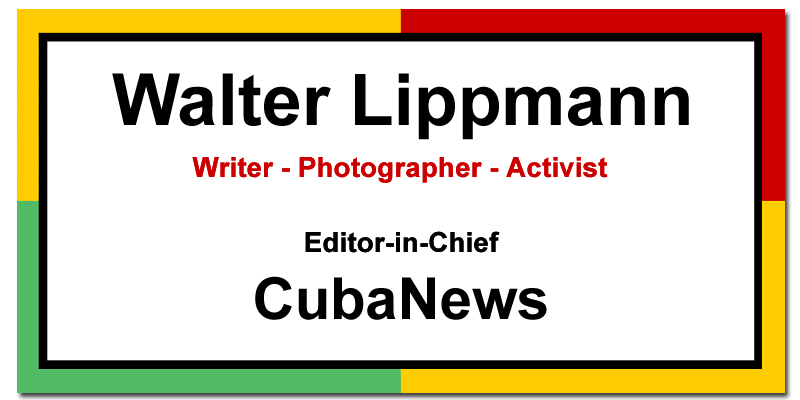
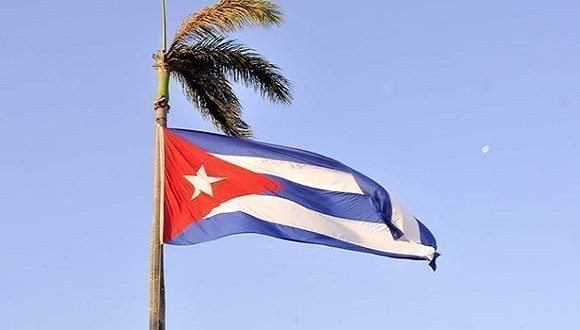




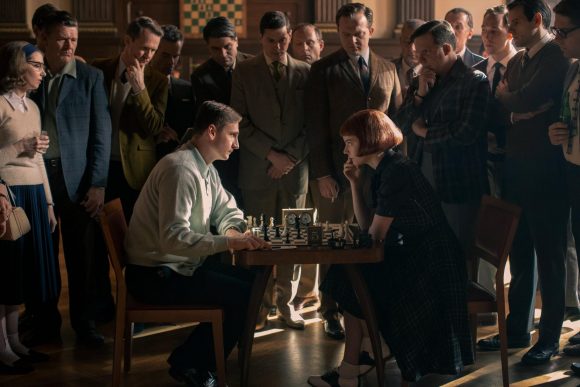

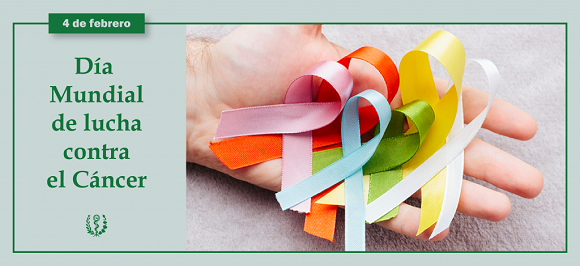

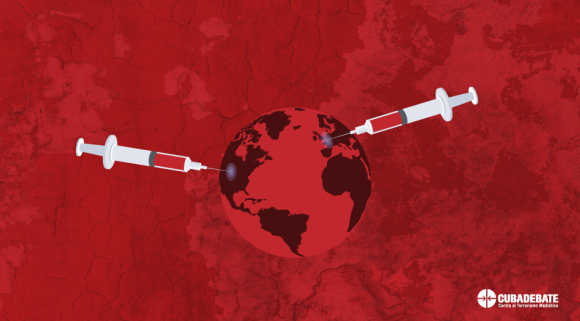
 By Randy Alonso Falcón, Cuban journalist, Director of the web portal Cubadebate, the site Fidel Soldado de las Ideas and the Cuban Television program “Mesa Redonda”. He directed other Cuban publications such as Somos Jóvenes, Alma Mater and Juventud Técnica. He received the Juan Gualberto Gómez National Journalism Award in TV in 2018. He has won several awards in the 26th of July National Journalism Contest. Email:
By Randy Alonso Falcón, Cuban journalist, Director of the web portal Cubadebate, the site Fidel Soldado de las Ideas and the Cuban Television program “Mesa Redonda”. He directed other Cuban publications such as Somos Jóvenes, Alma Mater and Juventud Técnica. He received the Juan Gualberto Gómez National Journalism Award in TV in 2018. He has won several awards in the 26th of July National Journalism Contest. Email:  Edilberto Carmona Tamayo, Chief of the Department of Multimedia Production, Monitoring and Innovation of Cubadebate and the Roundtable. Graduated in Journalism in 2016 from the University of Holguín. Contact:
Edilberto Carmona Tamayo, Chief of the Department of Multimedia Production, Monitoring and Innovation of Cubadebate and the Roundtable. Graduated in Journalism in 2016 from the University of Holguín. Contact: 
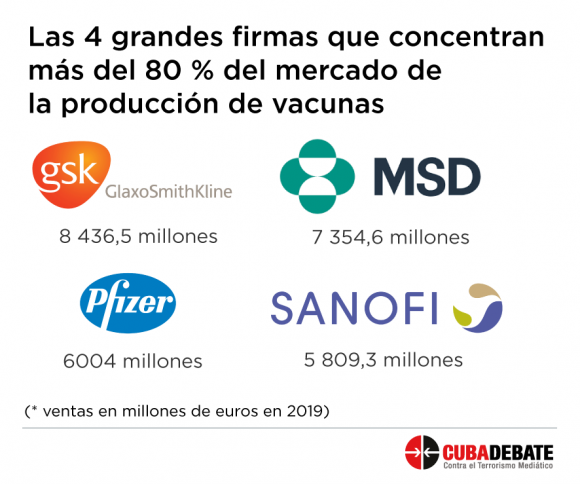




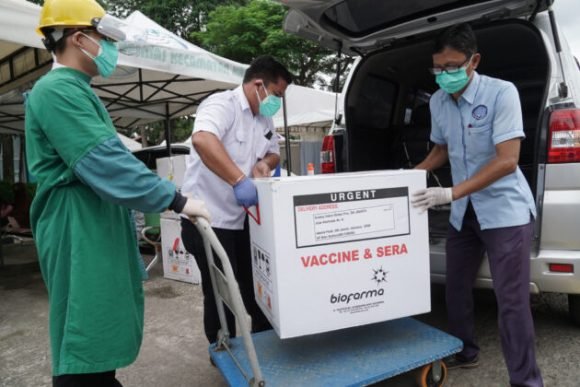



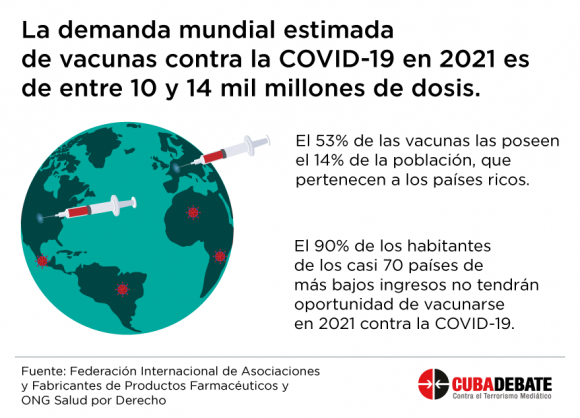
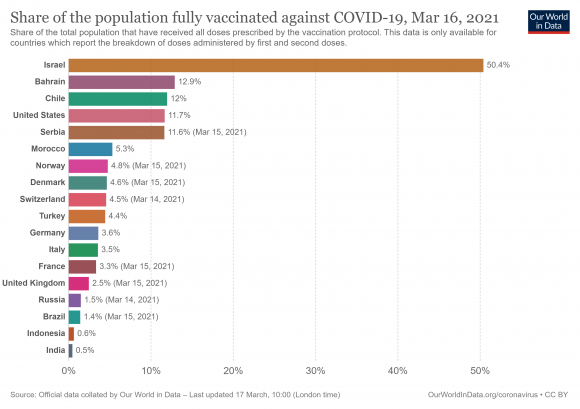
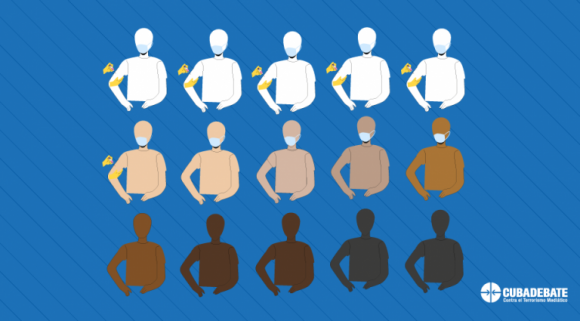

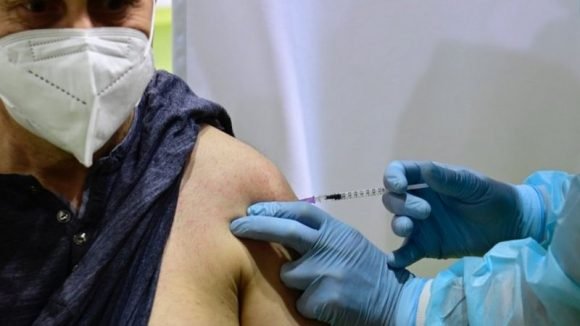
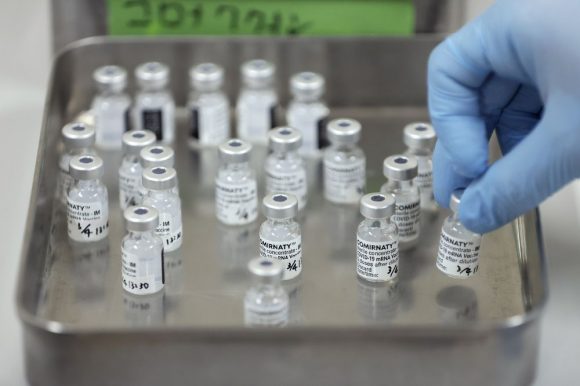

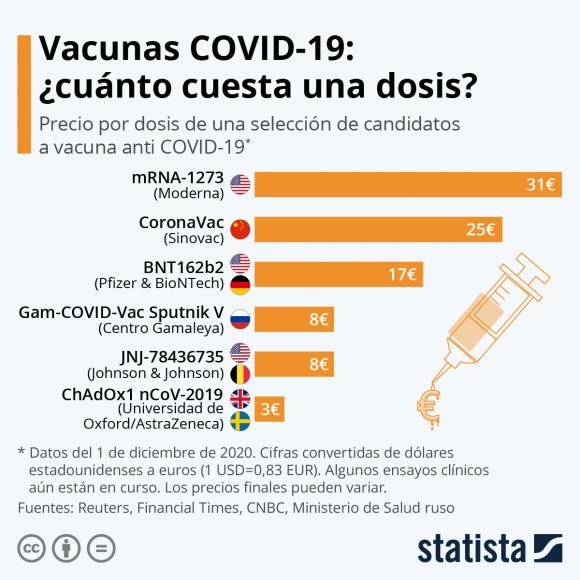
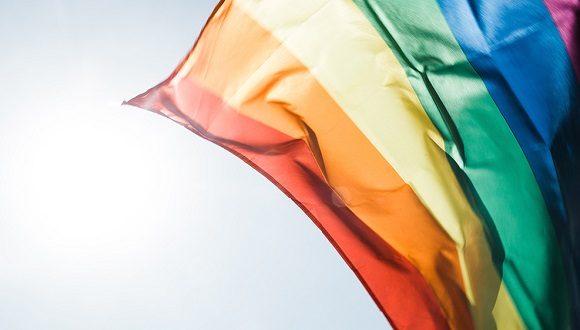
 By Ania Terrero, Journalist of Cubadebate. Graduated in 2018 from the School of Communications at the University of Havana.Ania Terrero,
By Ania Terrero, Journalist of Cubadebate. Graduated in 2018 from the School of Communications at the University of Havana.Ania Terrero, 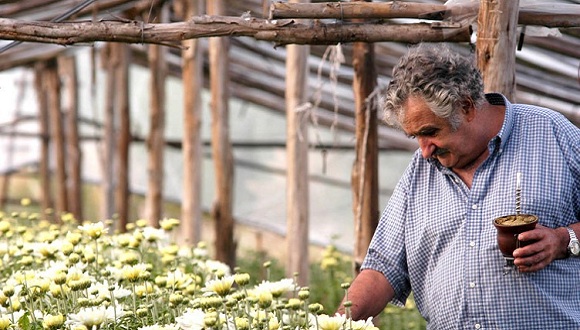
 By Maribel Acosta Damas. Cuban journalist, specialized in Television. She is a professor at the Faculty of Journalism of the University of Havana and holds a PhD in Communication Sciences.
By Maribel Acosta Damas. Cuban journalist, specialized in Television. She is a professor at the Faculty of Journalism of the University of Havana and holds a PhD in Communication Sciences.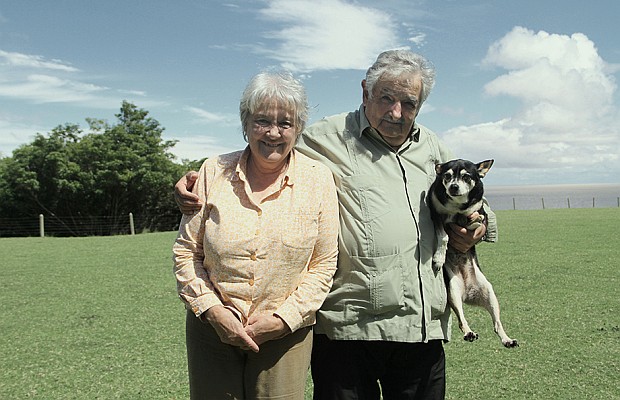
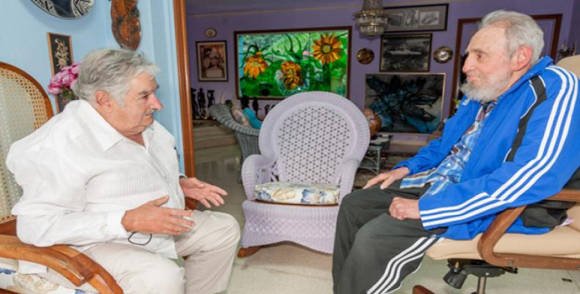
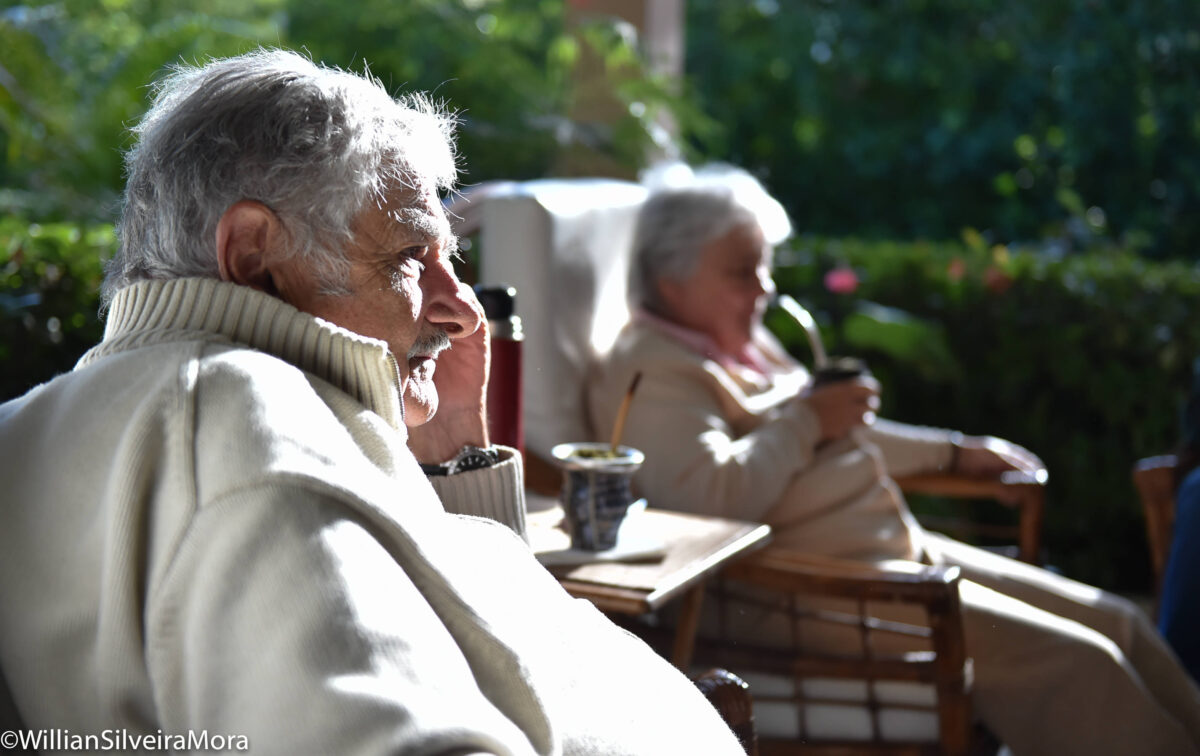
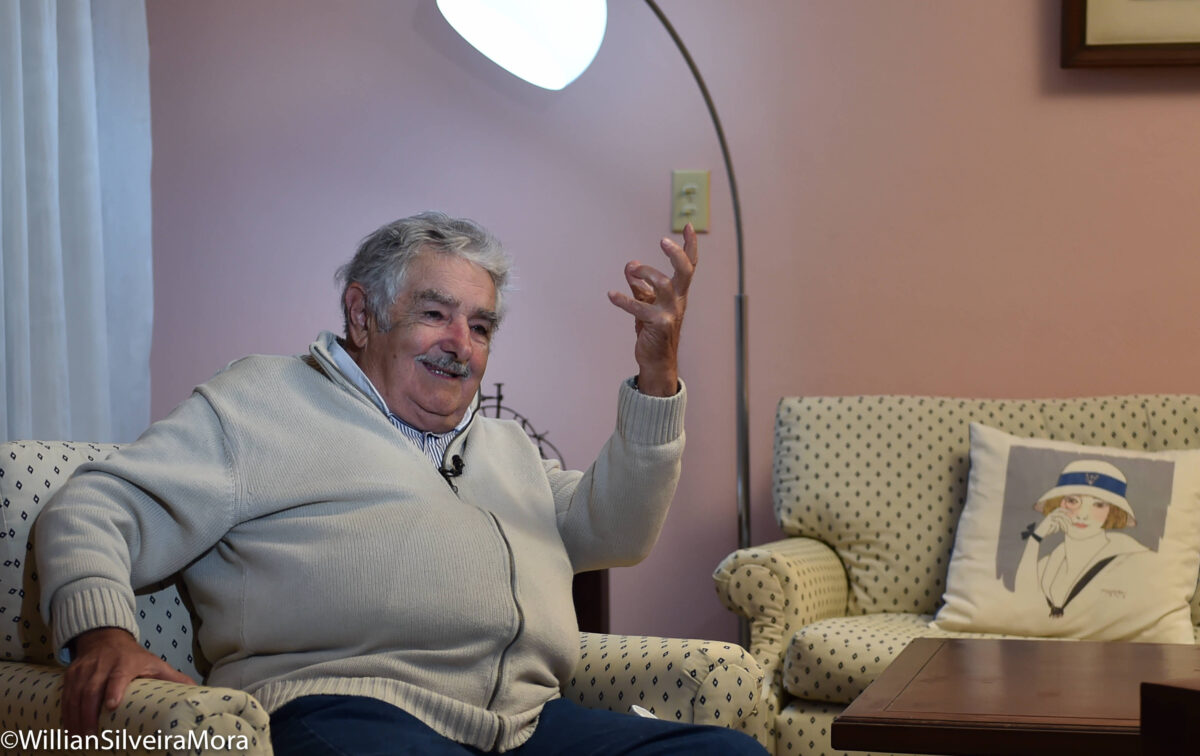
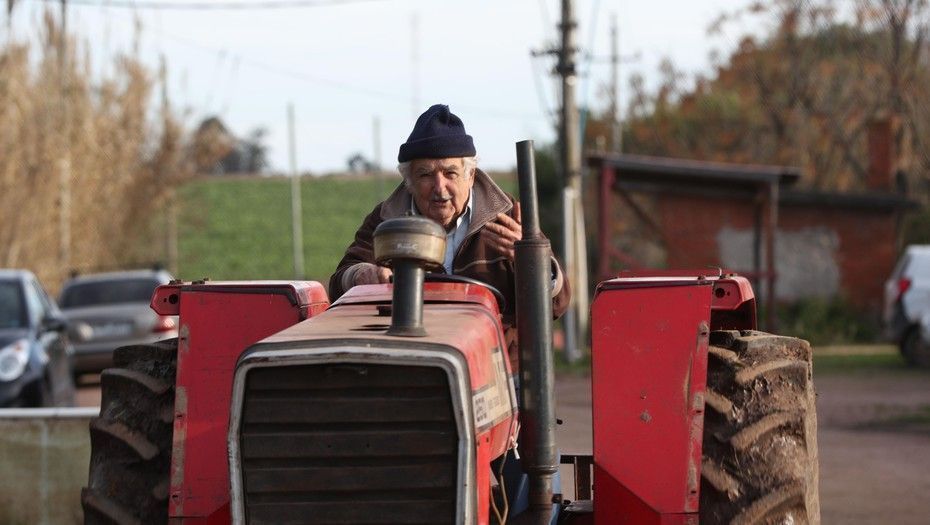
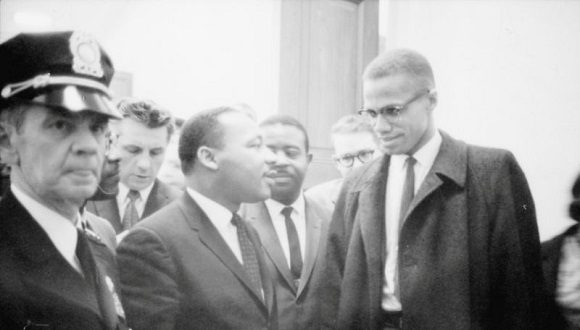


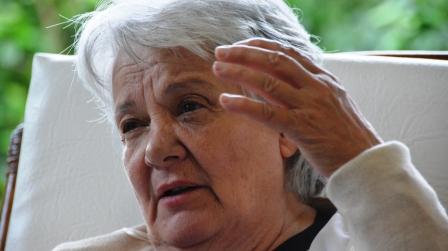
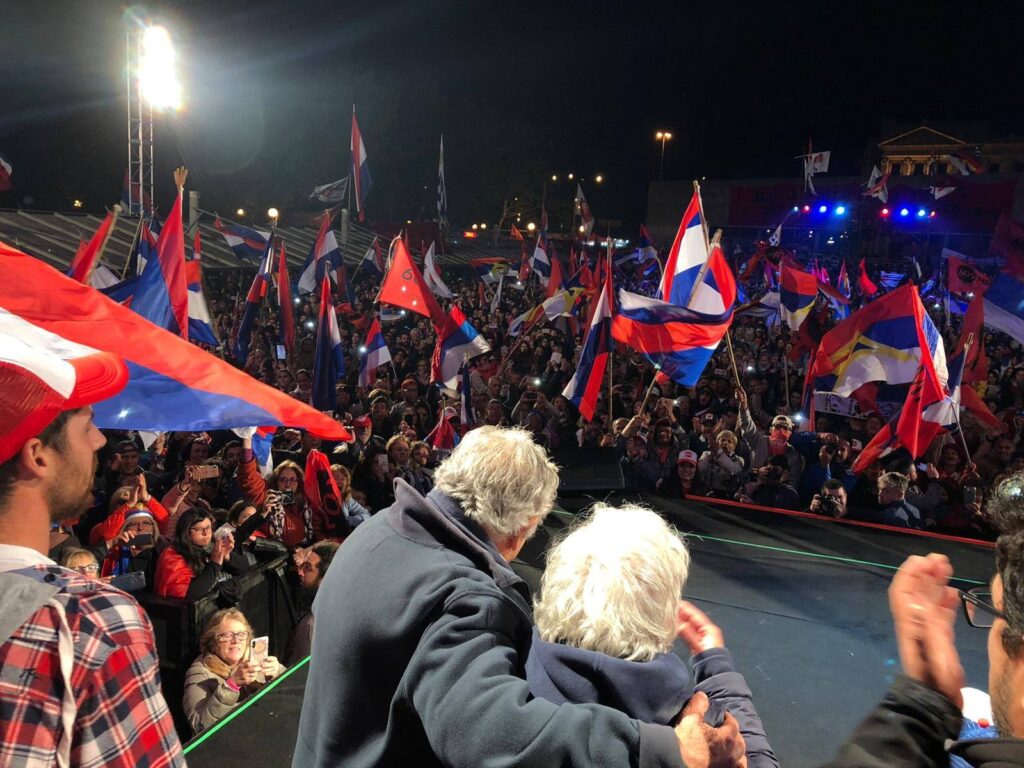

You must be logged in to post a comment.